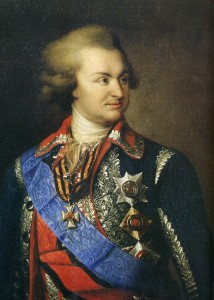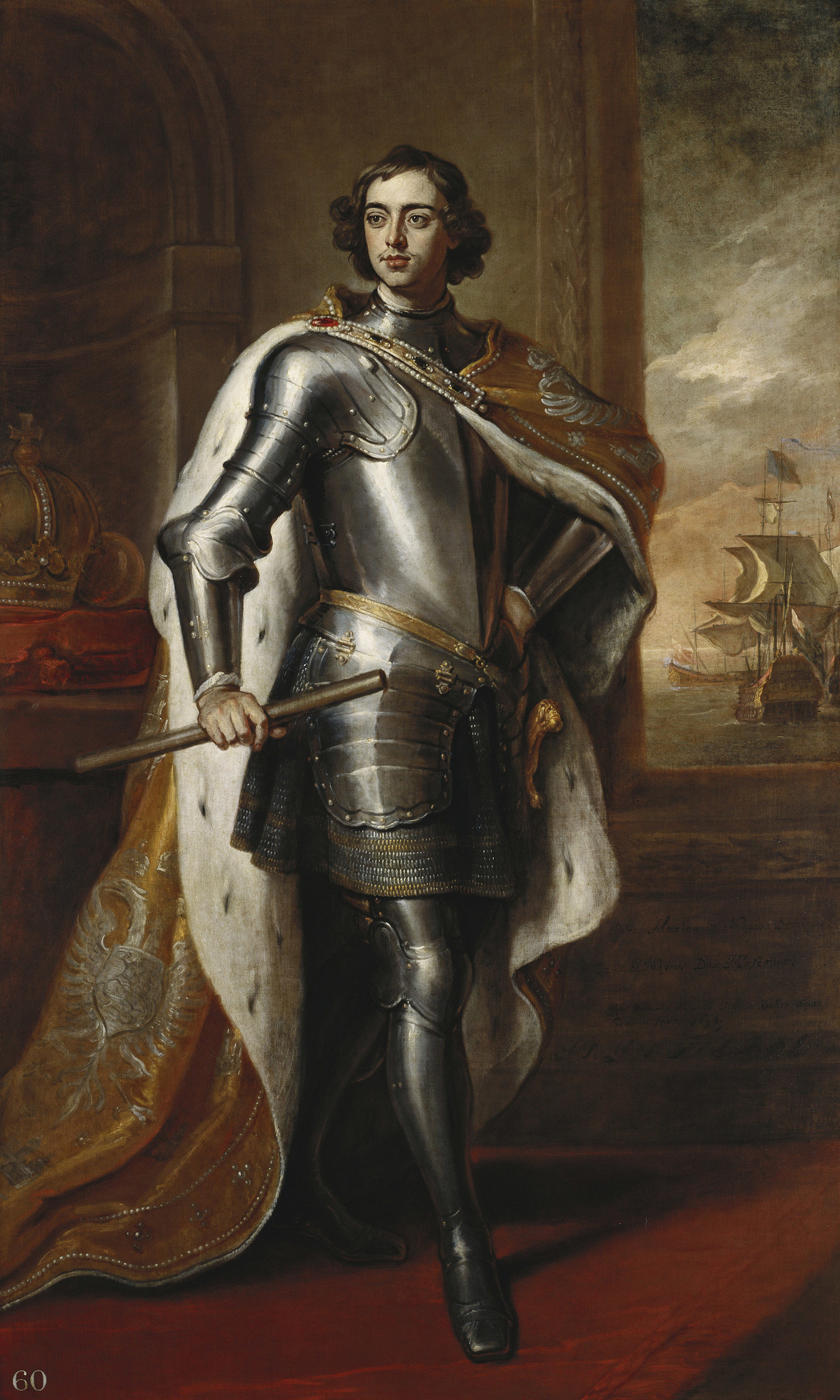Gogol’s The Overcoat has the same sticky, slimy, unpleasant-to-view feeling of George Orwell’s 1984. Akaky Akakievich has a monotonous job that only he loves, one that he takes very seriously and even does in his free time. Winston Smith, Orwell’s protagonist, has a fairly boring occupation as well, doing almost the same thing: where Akaky simply copies the words, Winston changes them to reflect Big Brother’s infallibility. Akaky and Winston both live alone, eat the bland foods that their meager government salaries can afford them, and either willingly ignores or is encouraged to ignore every attempt at meaningful human interaction. Where Akaky smells alcohol and slops on the stairs going to Petrovich’s apartment, Winston is followed by the odor of the Victory gin that everyone in his caste drink. Both stories have the theme of being born into blindly following the leadership presented to the character.
Gogol’s short story is much less harsh than Orwell’s and for a good reason. Gogol did not intend for The Overcoat to comment on the oppressiveness of the contemporaneous government. He merely wanted to mention or draw attention to the way of life of some of the government workers. Our protagonist was a titular councillor, rank nine, which means that he was a noble. He was a noble earning 400 rubles per year doing and loving service to the state almost every day. In the current ranking system Akaky could scarcely clothe himself with the salary he earned while people working in the same room as he threw lavish parties for everyone, eating and drinking at probably a month’s worth of food for Akaky. There was a large gap between the rich and the poor even if they held similar or the same occupation.




